Spring River hatchery drying out one month after flood
ON 05-20-2025
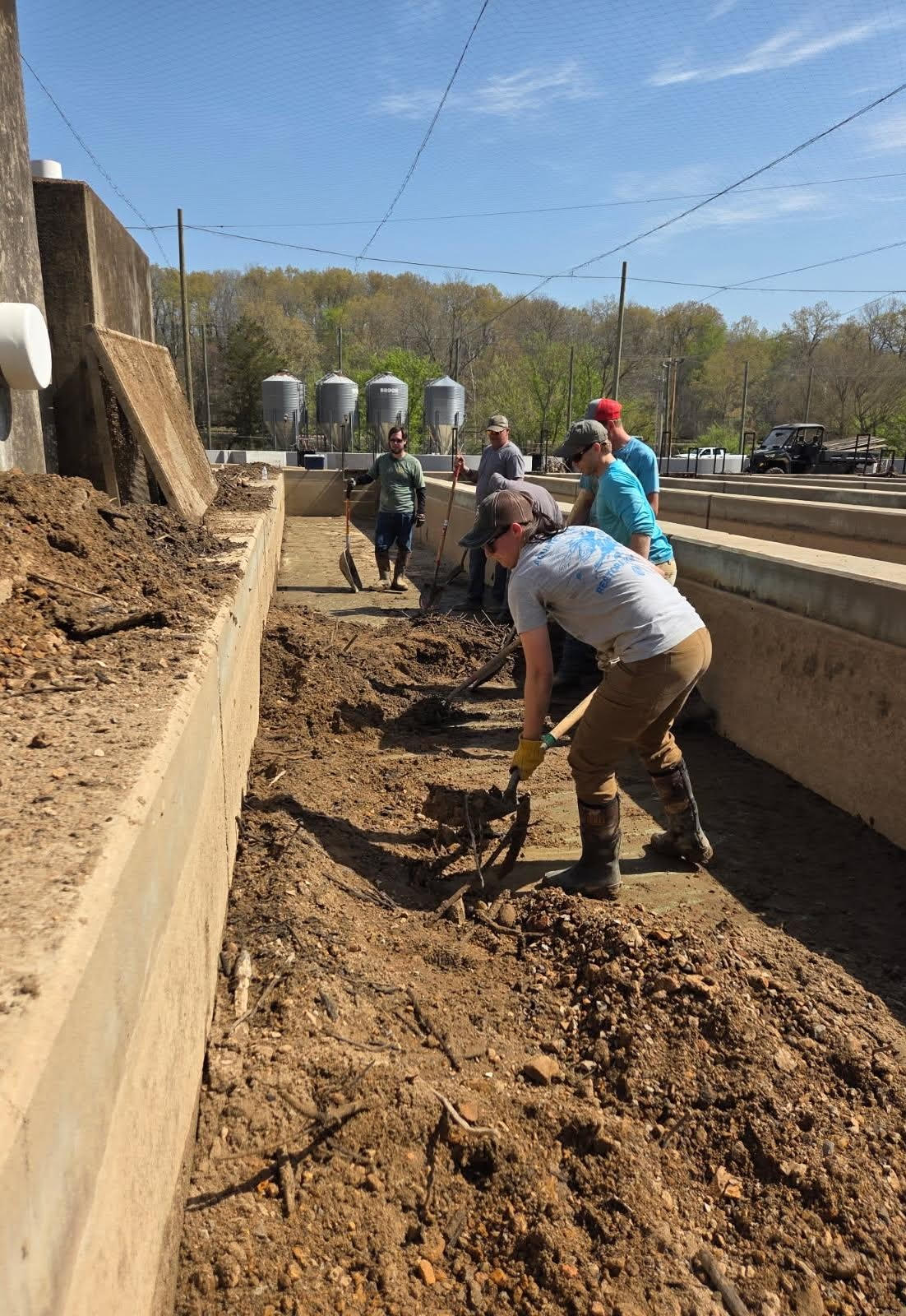
MAMMOTH SPRING — It’s been a little longer than a month since massive rainfall in eastern Arkansas dumped rainfall measuring in feet instead of inches on the Jim Hinkle Spring River Hatchery, ultimately flooding the hatchery and setting back trout production for anglers in the state. Crews have been digging out the hatchery during the last few weeks and have already begun some of the recovery to get things back on track.
“We honestly had to do a lot of work just to get to a place where we could assess how much work we had to do,” Jason Miller, assistant chief of the Arkansas Game and Fish Commission’s Fisheries Division, said. “The Commission authorized $500,000 to get us started on both the hatchery recovery and the initial work on other infrastructure throughout eastern Arkansas, but we won’t know the total cost of renovation until we can get a few more inspections complete now that we’ve cleared off a lot of the debris.”
In addition to all the fencing being ripped free and massive amounts of debris being washed into the hatchery, roads and concrete foundations were compromised in the flood.
“The hatchery is actually on an island, and the first few days, our Operations and Stream Habitat Program staff worked just to get the bridge to the facility in a stable condition to support larger trucks so we could get cleanup underway,” Miller said. “Then it was a matter of cleaning up, including a lot of dead fish and tons of silt that the river had deposited.”
“Tons” is not an exaggeration, either. So far, staff have removed 26 dump truck loads of silt from the silos and raceways where trout are grown.
“Skid steers and excavators helped a lot with that effort, but there was still a lot of work done with shovels and hand labor to ensure no additional damage occurred to the tanks,” Miller said. “I can’t begin to express how grateful I am to all of the fisheries staff who came together to lend a hand and put in some hard days of work to get us to this point.”
The next order of business for staff is to remove and inspect two large screens that catch and remove vegetation on the inlets from the Spring River.
“A secondary grate over the inlet keeps large debris out when the primary screens have to be removed, but the staff has to manually clean the inlet until the mechanical screens are back in service,” Miller said. “Right now we have very limited options to clean the inlets if we have another flood, but we have to ensure the main vegetation screens and their housings are in good condition before we continue their use. Getting these screens back is a priority for the future and the fish remaining on the hatchery.”
Miller said another unknown is the condition of the dam that sits just upstream of the hatchery.
“We know there are some large pieces of debris sitting against that dam, but we don’t know what condition the dam is in under the water,” Miller said. “We’re going to have to send some divers down to do a thorough inspection and formulate a plan for any work that needs to be done there. This is extremely dangerous work, so it’s expensive, and justifiably so.”
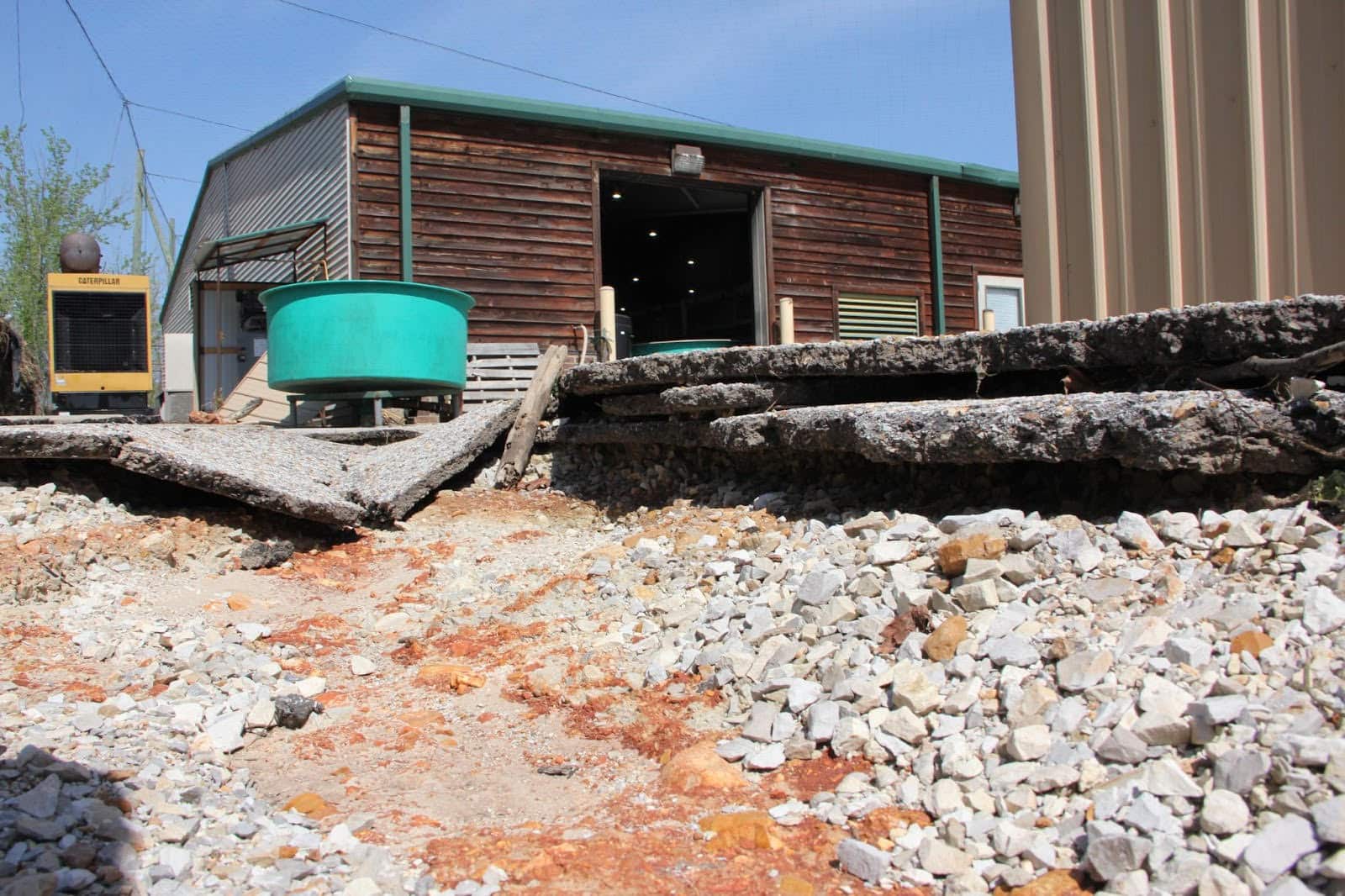
Miller says a lot of fish either died or were flushed out of the hatchery during the flood, but it was not a total loss. An estimated 150,000 rainbow trout remained on the hatchery once floodwaters receded, and trout management staff plan to do what they can to stretch the remaining stock through the fishing year.
“You’re going to see some loss through the growing process, so the final numbers might not be that large, but we’re also reaching out to other sources to see if there are trout to buy to help soften the blow,” Miller said. “We’ve been able to get 24,000 trout from Wyoming, but the hatchery usually would have had closer to 750,000 trout onsite at this time of year, so we have a huge deficit to make up.”
In addition to the loss from the AGFC’s hatchery, 100% of the rainbow trout supplied by the federal hatchery at Mammoth Spring for the upper Spring River died or escaped into the river during the flood. Therefore, the AGFC’s Trout Management Program has been burning the midnight oil after those long days of digging to crunch numbers and figure out a modified stocking schedule. It is important to continue to provide angling opportunities in the short term while hatchery repairs and new trout can be brought in to grow out for anglers.
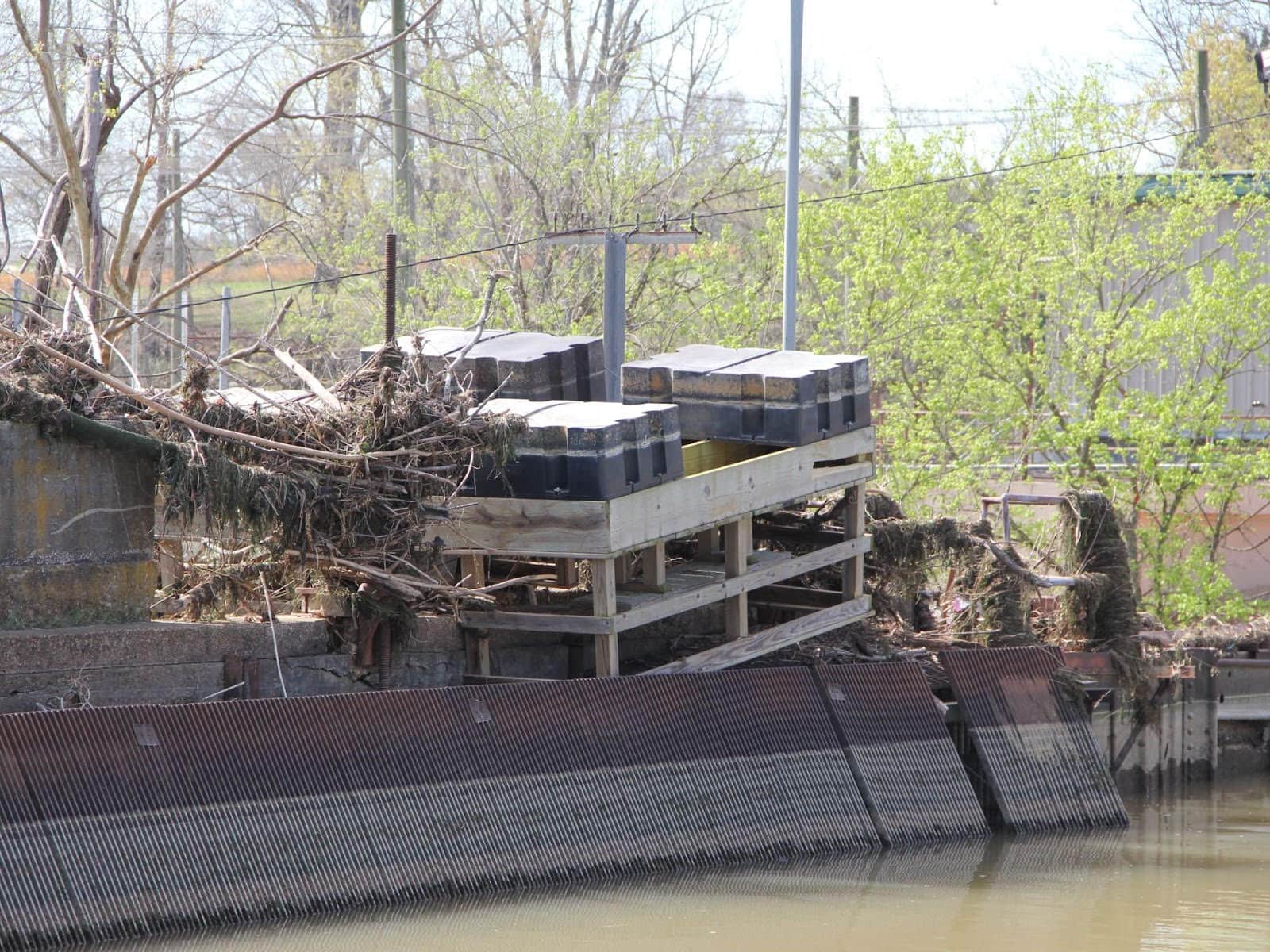
“Even if we were able to restock tomorrow, which we’re not, we’re a long time out from being able to stock at the full numbers we planned for our fisheries in 2025,” Christy Graham, Trout Management Supervisor for the AGFC, said. “We have to make the best use of the trout we have left, and we’ve worked to make sure that no one trout fishing destination takes the entire brunt of the damage.”
Graham said this would have been the first year since the 2017 flood of the Spring River Hatchery that anglers would have seen hatchery production back near full capacity, but this flood will postpone the larger stockings anticipated on the Little Red River this year.
“The Little Red isn’t getting cut from last year because they’ve already been operating at a lower stocking level during the last seven or eight years, but they won’t see the increase we were starting to move toward,” Graham said. “The Beaver, Bull Shoals and Norfork tailwaters will all see a reduction in stocking. The Beaver and Bull Shoals tailwaters will see a 15 percent reduction in stocking, and the Norfork will see a 30 percent reduction. As a biologist, I don’t want to make stocking cuts anywhere, but we have to balance the needs of every fishery while the recovery is taking place.”
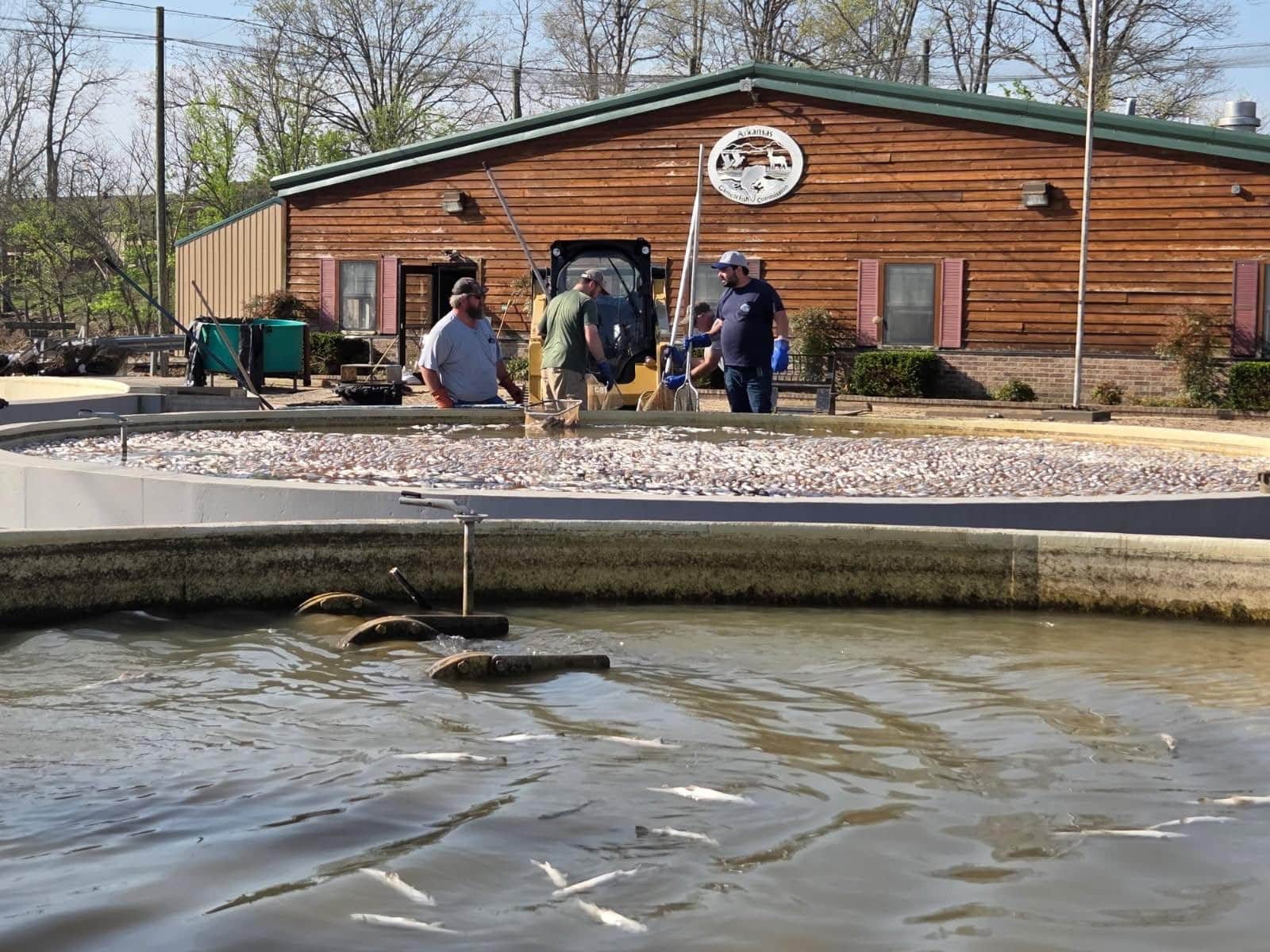
Graham explained that although Spring River Hatchery fish were not used at Beaver, Norfork or Greers Ferry tailwaters, stocking on Bull Shoals Tailwater would have suffered the most if they didn’t balance the loss with fish provided to other fisheries stocked by national fish hatcheries.
“Stocking on Spring River will also be severely impacted by the flood, because the national fish hatcheries at Greers Ferry and Norfork can’t be used at the Spring River and other nonmitigation waters,” Graham said. “But the Spring River should actually be pretty good for a while.”
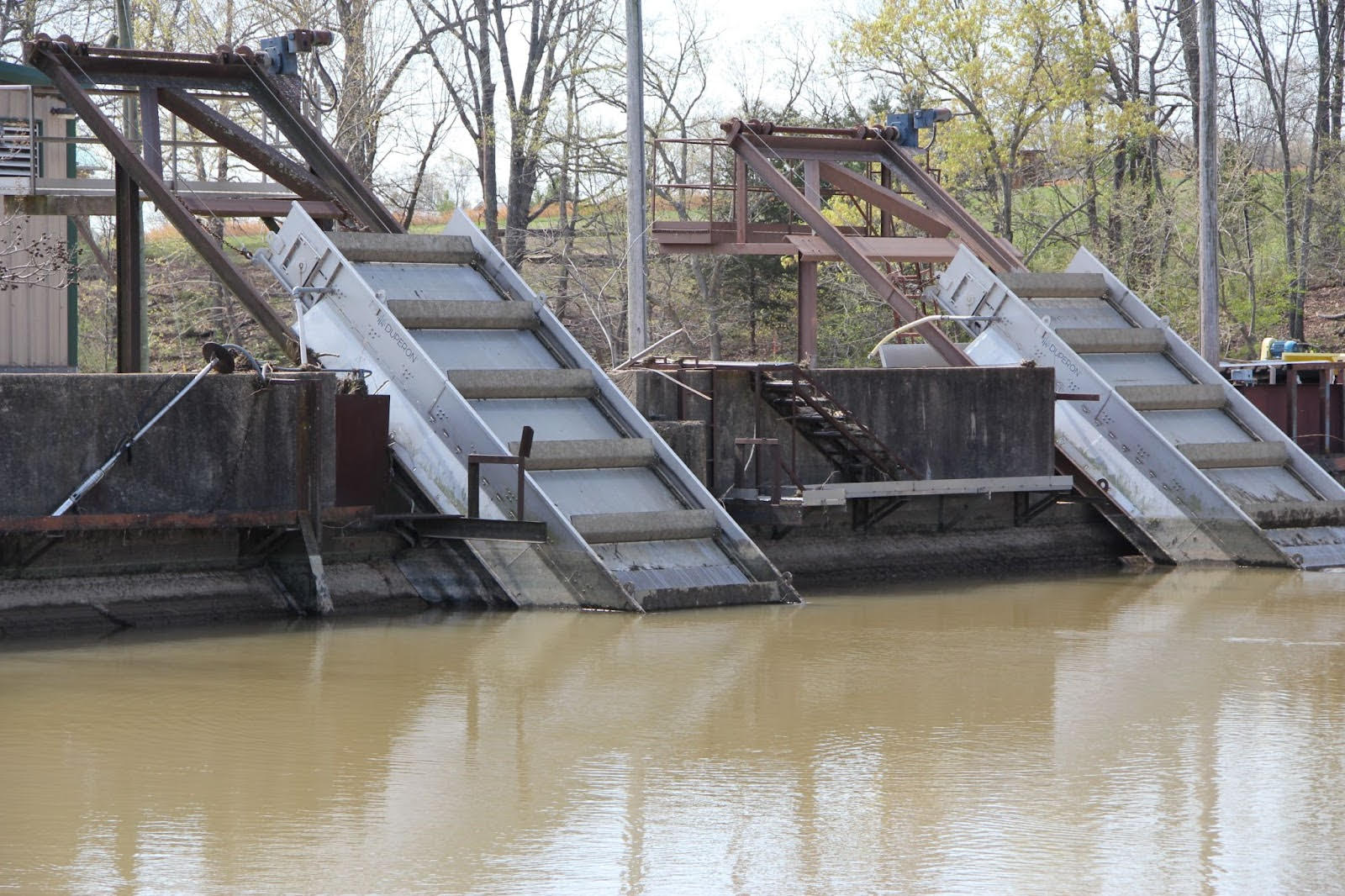
Graham says that many of the trout missing from the Spring River and federal hatchery survived and found their way into the Spring River, creating a “super stocking” during the deluge.
“We recently completed an electrofishing sample of the Spring River, and catch rates were nearly four times higher than we typically see,” Graham said. “We likely won’t resume stocking there for at least a few months to ensure what trout we have can go to some of the other trout waters that will see some lean stocking in the short term.”
Graham says a few hundred tiger trout, a sterile manmade hybrid between brook trout and brown trout destined for the White River this summer, also escaped the hatchery during the flood.
“Several tiger trout showed up in the electrofishing survey, so they’ll be a nice bonus fish for Spring River anglers for the next few years.”
In the meantime, Graham and Miller both ask for anglers’ patience as they deal with the hand Mother Nature has dealt to the Trout Program.
“We’re not changing any limits on any of our trout waters as a result of the stocking decreases unless we see a need for it down the road, but we need all anglers who are planning catch-and-release fishing to take extra care of those fish when they do catch them,” Graham said. “Fishing for a few keepers is still encouraged, but if you plan to release any fish, please consider limiting use of bait (such as shrimp and PowerBait) to increase the survival of fish released. Also please keep an eye on water temperatures and try to limit catches to areas and times when the water temperature is lower than 68 degrees Fahrenheit to help survival rates. Tempering our effort and reducing mortality in the short term will make a huge difference in our trout streams and the speed of their recovery when the hatchery is back to full capacity.”
####
CUTLINES:
DIGGING OUT
AGFC hatchery and fishery management staff joined with the Operations Division to shovel, scoop and clear 26 dump truck loads of silt from raceways and silos since April’s flood. AGFC photo courtesy Christy Graham.
WASHED OUT CONCRETE
Undercut concrete and building footings are evident from scouring during the flood and will need to be addressed. AGFC photo.
DAMAGE BEHIND THE DAM
Extensive damage was seen during the early April flood, but inspections under the water still need to be made to evaluate the true extent of the damage. AGFC photo.
FISH TANKS
Without fresh, clean water from the Spring River, some tanks experienced mortality in some of the fish being raised at the hatchery. Many trout escaped downstream during the flood as well. AGFC photo courtesy Christy Graham.
VEGETATION SCREEN ELEVATORS
The replacement and repair of vegetation screens on the hatchery’s intakes is a critical component of the short-term recovery of the hatchery. AGFC photo.
Recent News
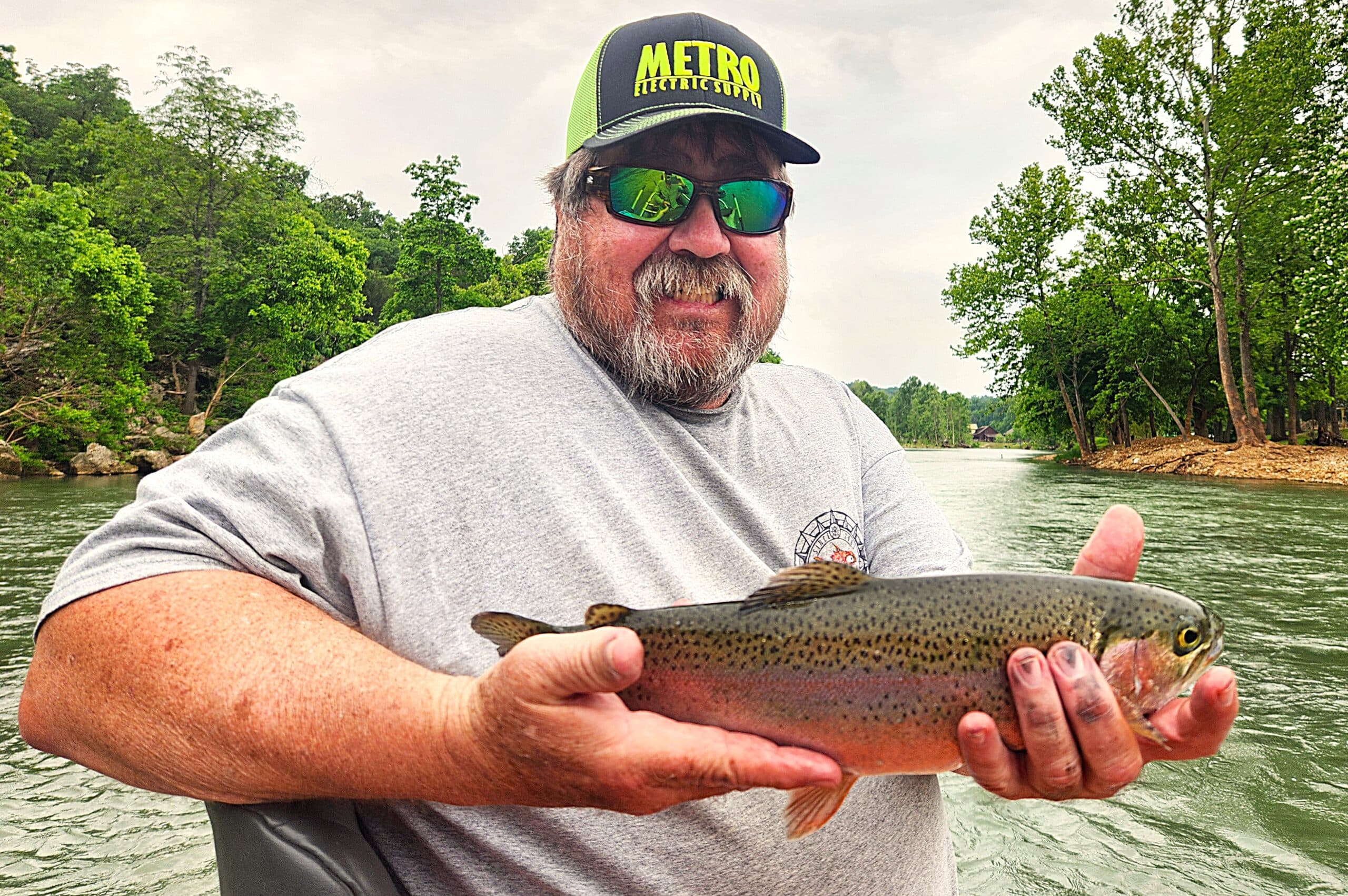
Arkansas Wildlife Weekly Fishing Report
Jun. 26, 2025
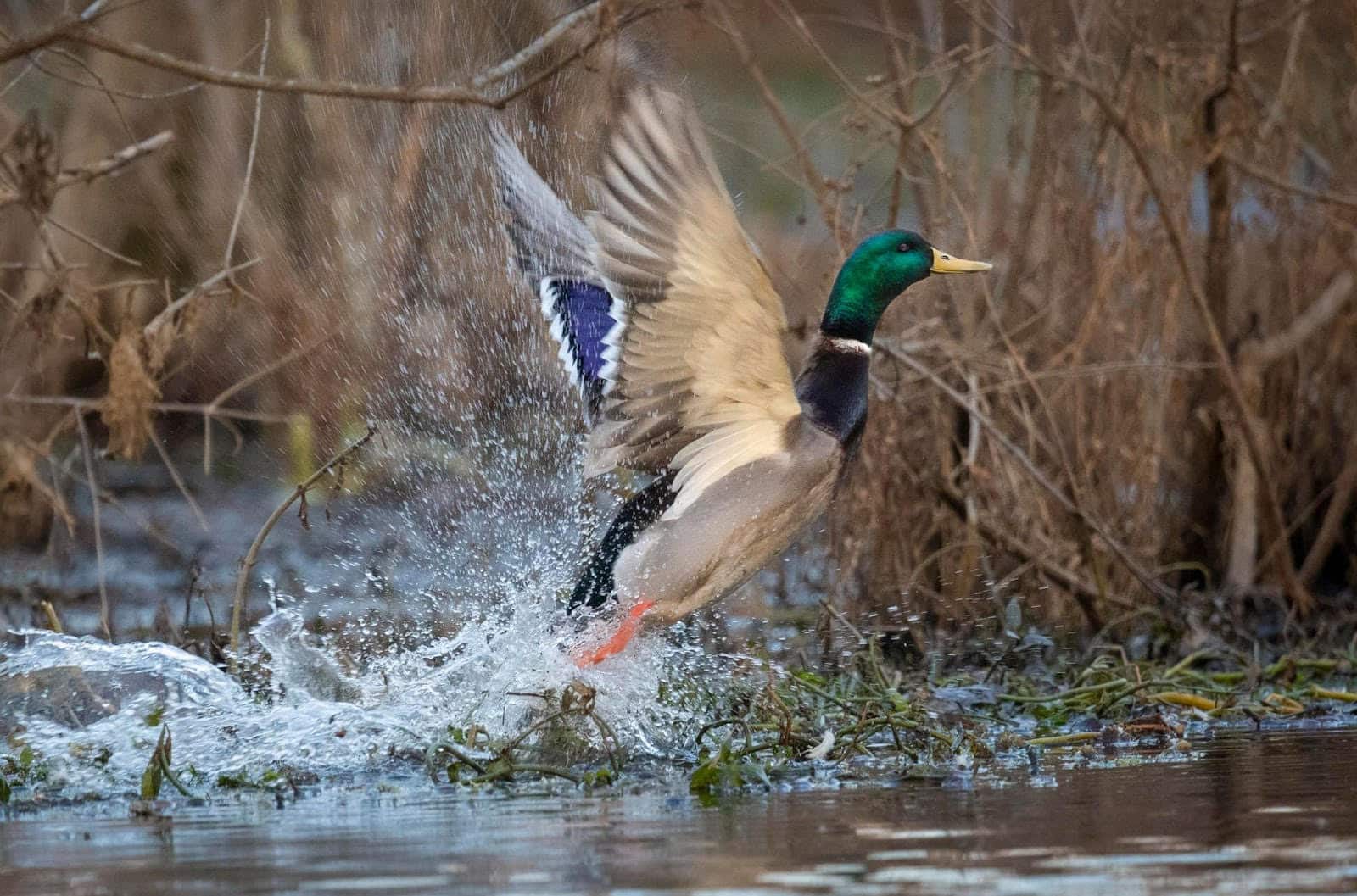
2025-26 Federal Duck Stamp reveal Friday
Jun. 26, 2025
Subscribe to Our Weekly Newsletter E-mails
Don’t miss another issue. Sign up now to receive the AGFC Wildlife Weekly Newsletter in your mailbox every Wednesday afternoon (Waterfowl Reports are published weekly during waterfowl season and periodically outside the season). Fishing Reports arrive on Thursdays. Fill in the following fields and hit submit. Thanks, and welcome!
